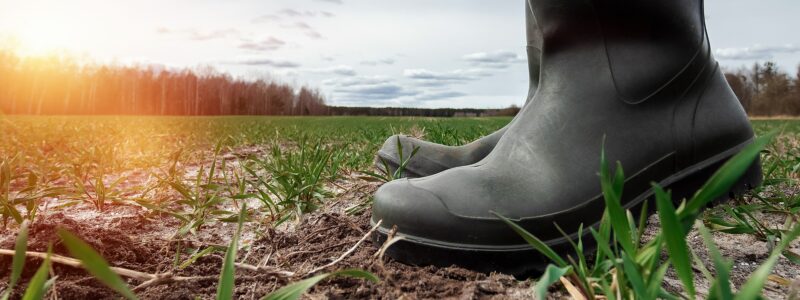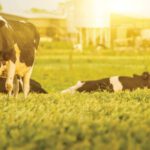Rarely has U.S. agriculture been at such a pivotal, transformative era. Globally, and here in the U.S., the world’s major governments, food companies, and the agricultural industry are focused on climate change and its impact on the food supply.
Farmers themselves are trying to also mitigate the risks that are emerging from climate instability, including intense rainfall events, drought and water shortages, as well as increased pest and weed pressure. In short, the entire food and agricultural supply chain is trying to build resilience.
U.S. companies are learning how to better capture and understand the footprint of their own operations as well as their food and agricultural supply chain. Working with experts, they’re identifying what’s important. They’re creating data and sustainability management plans, reporting on emissions and other sustainability factors, and setting goals or science-based targets to achieve improvements and reductions over time. And they’re achieving all this in ways that work with complex agricultural systems. These efforts, of course, inevitably lead back to the farm.
But U.S. farms can do more than that—they can be part of the climate solution by creating emission reductions, storing carbon, and reducing the greenhouse gas footprint for many of its end users.
Click here to connect with a Pinion advisor to discuss a sustainability strategy.







